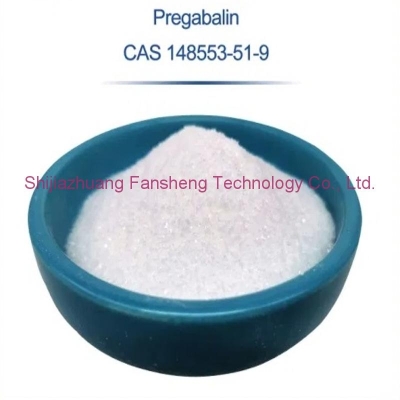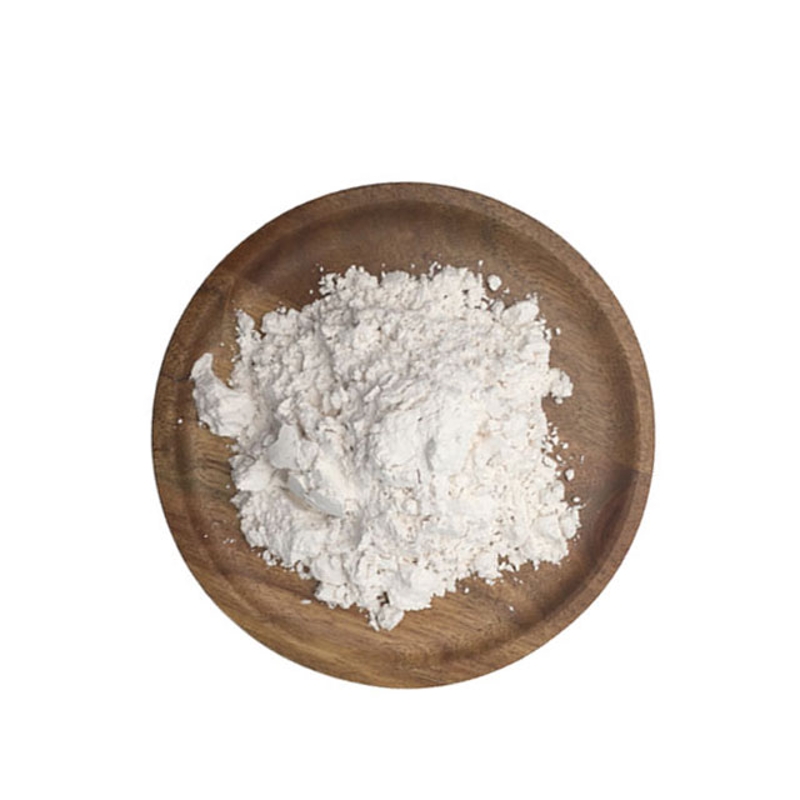-
Categories
-
Pharmaceutical Intermediates
-
Active Pharmaceutical Ingredients
-
Food Additives
- Industrial Coatings
- Agrochemicals
- Dyes and Pigments
- Surfactant
- Flavors and Fragrances
- Chemical Reagents
- Catalyst and Auxiliary
- Natural Products
- Inorganic Chemistry
-
Organic Chemistry
-
Biochemical Engineering
- Analytical Chemistry
- Cosmetic Ingredient
-
Pharmaceutical Intermediates
Promotion
ECHEMI Mall
Wholesale
Weekly Price
Exhibition
News
-
Trade Service
Parkinson's disease (PD) is the second most common neurodegenerative disease, affecting approximately 1% of people over 50 and 2-3% of people over 65.
The incidence of PD gradually increases with age, and is accompanied by a trend toward younger age.
It is predicted that by 2040, the incidence of PD will exceed 14 million cases, indicating that there is an urgent need for new and effective treatment strategies.
Parkinson's disease (PD) is the second most common neurodegenerative disease, affecting approximately 1% of people over 50 and 2-3% of people over 65.
The pathogenesis of PD is still elusive.
Its main pathological feature is the loss of dopaminergic neurons in the substantia nigra compact (SNc) and striatum, accompanied by misfolded α-syn (in Lewy bodies and Lewy neurites).
α-synuclein) accumulation.
Naturally-occurring compounds have a variety of biological activities related to neuroprotection, so they are considered to play a potential role in the development of new drugs for PD treatment.
The natural compound Withaferin A (WA) is currently considered as a neuroprotective agent.
However, the relevant mechanism of the neuroprotective effect of WA in PD is still unclear.
However, the relevant mechanism of the neuroprotective effect of WA in PD is still unclear.
The natural compound Withaferin A (WA) is currently considered as a neuroprotective agent.
However, the relevant mechanism of the neuroprotective effect of WA in PD is still unclear.
In this study, the researchers found that WA can prevent dopaminergic neuron loss, neuroinflammation and motor deficits in MPTP-induced PD mouse models.
Through the whole genome deep sequencing analysis combined with the meta-analysis of human PD research, the researchers found that DJ1, Nrf2 and STING in SNc are related to the anti-PD effect of WA.
WA can activate DJ1 and Nrf2, and inhibit the expression of STING in SNc.
Neuroprotective effects of Withaferin A
By constructing transgenic mice (DJ1-KO, Nrf2-KO, STINGgt/gt and STING-KO) models and immunolabeling technology, the researchers identified the DJ1-Nrf2-STING signaling pathway in dopaminergic neurons targeted by WA .
And prove that STING may be an important factor in the pathogenesis of PD.
In addition, in the PD model of α-syn overexpression mediated by AAV (adeno-associated virus), WA can reduce the accumulation of p-α-syn (phosphorylated α-synuclein) and insoluble α-syn in SNc.
The comparative analysis of genome-wide transcriptome maps shows that STING may be a key target of WA and amantadine in PD treatment.
The effect of Withaferin A on the expression of SNc gene in PD mice
All in all, the results of this study reveal the multi-faceted role of WA in neuroprotection, and WA may be a potential drug candidate for PD treatment.
The results of this study reveal the multi-faceted role of WA in neuroprotection, and WA may be a potential drug candidate for PD treatment.
Original source:
Zhao, M.
, Wang, B.
, Zhang, C.
et al.
org/10.
org/10.
Leave a message here







